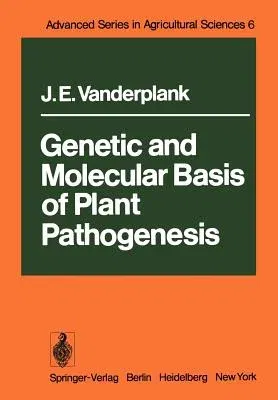J E Vanderplank
(Author)Genetic and Molecular Basis of Plant Pathogenesis (Softcover Reprint of the Original 1st 1978)Paperback - Softcover Reprint of the Original 1st 1978, 16 December 2011

Qty
1
Turbo
Ships in 2 - 3 days
In Stock
Free Delivery
Cash on Delivery
15 Days
Free Returns
Secure Checkout
Part of Series
Advanced Agricultural Sciences
Part of Series
Advanced Series in Agricultural Sciences
Print Length
170 pages
Language
English
Publisher
Springer
Date Published
16 Dec 2011
ISBN-10
3642669670
ISBN-13
9783642669675
Description
Product Details
Author:
Book Edition:
Softcover Reprint of the Original 1st 1978
Book Format:
Paperback
Country of Origin:
NL
Date Published:
16 December 2011
Dimensions:
24.41 x
16.99 x
1.02 cm
ISBN-10:
3642669670
ISBN-13:
9783642669675
Language:
English
Location:
Berlin, Heidelberg
Pages:
170
Publisher:
Weight:
308.44 gm

